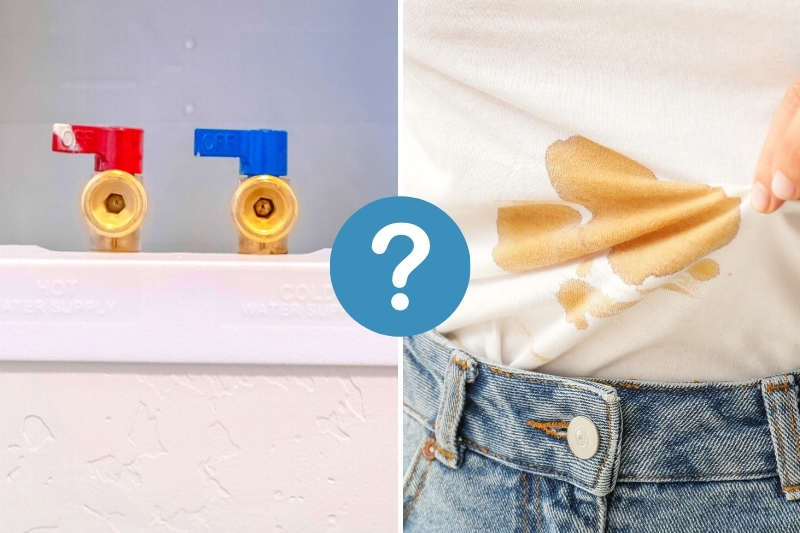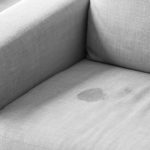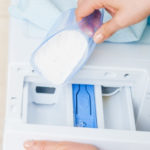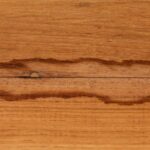Stains are a common problem that can quickly ruin the appearance of your favourite clothes, carpets, and bedding.
Whether it be food and drink spills, makeup smudges, or muddy footprints, nobody wants a discoloured blotch to be permanently embedded in the fabric.
When removing accidental stains, knowing whether hot or cold water is best can be challenging.
While both temperatures can be effective for stain removal, they can also permanently set a stain, making it nearly impossible to remove.
So should you use hot or cold water to remove stains? Below are some general guidelines for choosing the best water temperature when tackling common stains.
We also discuss some of the top stain removers to increase your chances of restoring the fabric to its previous condition.
What Temperature Water Is Best for Stain Removal?
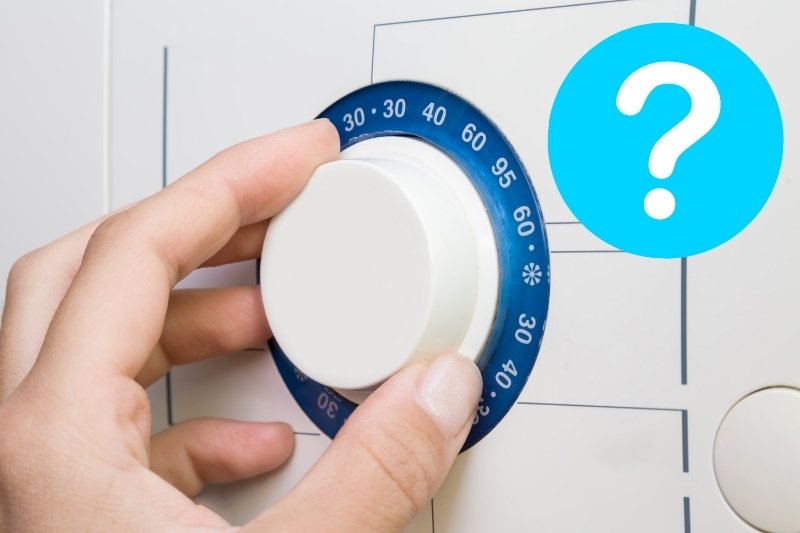
When it comes to stain removal, choosing the correct water temperature is vital in ensuring the blemish is fully removed. Unfortunately, this is not a case in which one size fits all; the best temperature to use varies depending on two factors:
- The material you’re working with and
- The source of the stain
When working with delicate fabrics (such as wool, silk, or satin), we highly recommend always treating stains with cold water of 30°C or less, regardless of the stain you are tackling. This is because these fabrics can easily become damaged when exposed to hot water.
In any other scenario, you will need to alter the water temperature you use based on the cause of the stain.
Use the information below as a guide, but if you’re unsure, we suggest erring on the side of caution and using cold water, as higher temperatures will make some stains worse.
When to Use Hot Water for Stain Removal

In some cases, hot water can be helpful in removing stains. This is because hot water has more energy than cold water, which can break the bonds that hold the stain molecules together.
This makes it easier to wash the stain away and has the added benefit of killing any bacteria that may be present on the fabric at the same time.
The stains that react best to higher temperatures are:
When to Use Cold Water for Stain Removal
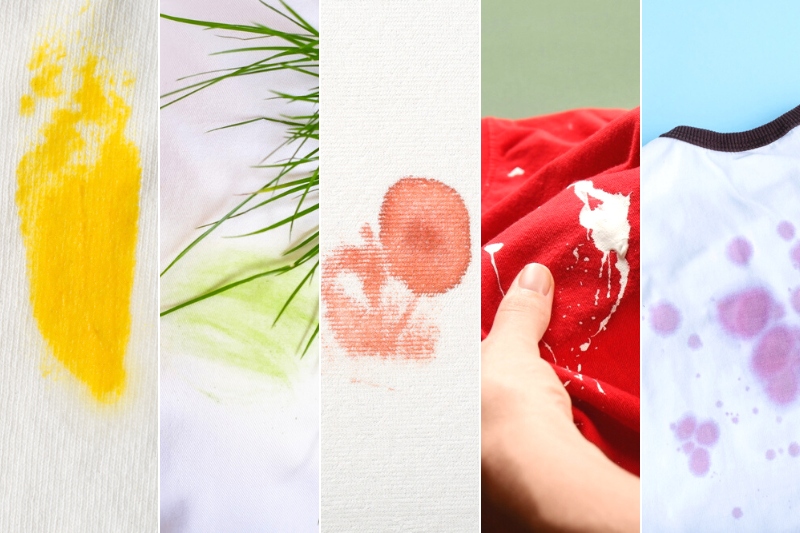
While hot water can be effective at breaking down some stains, it’s not always the best choice. This is because hot water can cause stains to spread or set further into the fabric.
Protein-based stains are particularly vulnerable to this, as the high temperatures cause the stain molecules to denature (bind together in a more rigid structure) and become difficult to remove.
Stains that are best removed using cold water include:
- Colourful foods (e.g., mustard, soy sauce, and baby food)
- Toothpaste
- Grass
- Urine
- Egg
- Milk
- Blood
- Berries
When to Use a Dual-Temperature Wash for Stain Removal
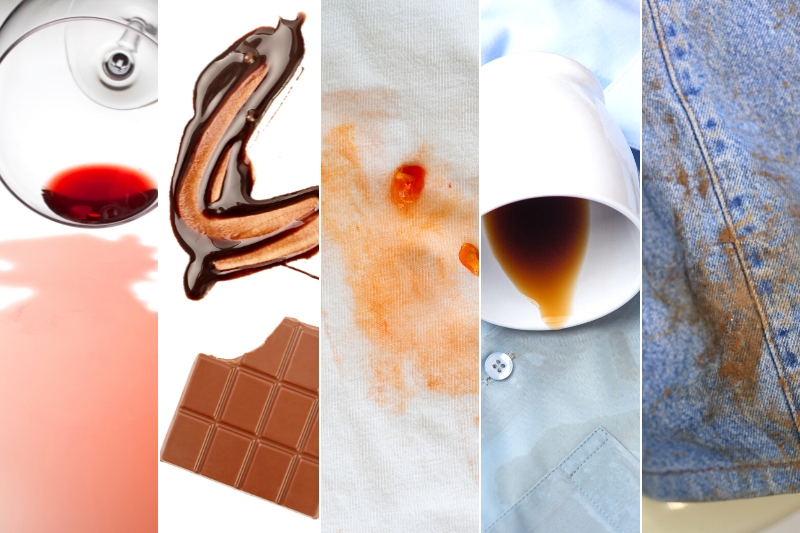
Your last option is to use a combination of hot and cold water.
In some cases, this dual-temperature approach allows you to get the benefit of both water temperatures for the best possible stain removal.
First, you will need to run the stain under cold water to remove any excess stain material. You can then use a mixture of hot water and stain remover to dissolve any remaining discolouration.
This method of stain removal works well with these substances:
What Is the Best Stain Remover for Set-In Stains?
If you use the wrong temperature water and make your stain worse, don’t worry. There are hundreds of good stain removers that you can use to bring your clothing back to its original state.
However, the best stain remover will vary depending on the type of stain you are working with.
Some of the most effective options that will work on a variety of stains include:
Enzyme-based cleaners
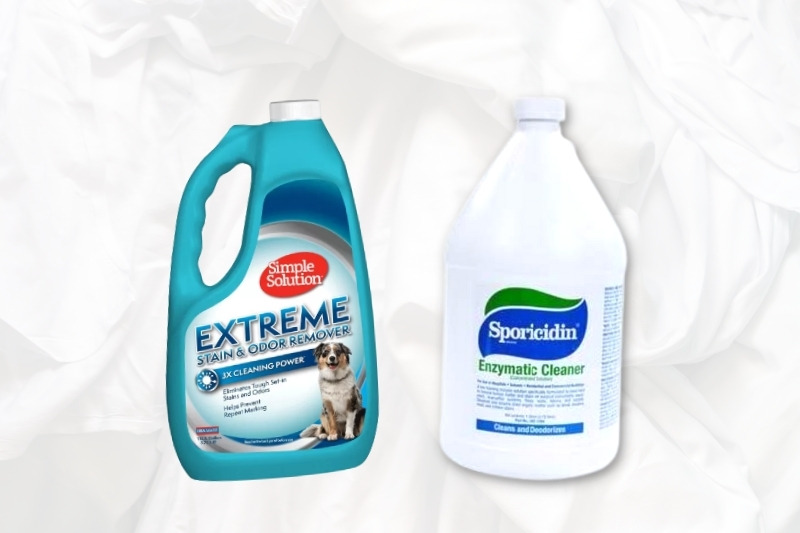
The most common type of stain remover are enzyme-based cleaners. These products are extremely effective at removing protein-based stains, such as blood or egg, as they contain enzymes that can break the protein molecules down so they can be washed away.
Oxygen-based cleaners

Oxygen-based cleaners (such as hydrogen peroxide) are suitable for removing a wide range of stains, including coffee and wine.
When mixed with water, these stain removers release oxygen which helps to break down the stain so that it can easily be rinsed off.
Solvent-based cleaners

When it comes to oil-based stains (including grease and makeup), a solvent-based stain remover is your best bet.
These cleaners will be able to dissolve the oils in the fabric, making them easier to remove. A good option that can also be used to clean around the house is rubbing alcohol.
Bicarbonate of soda

If you’re looking for a natural stain remover, we suggest using bicarbonate of soda. This powder can cut through some of the toughest stains when combined with water or vinegar. It is also a deodoriser, meaning it will remove any lingering smells from your clothing.
When using any stain remover, it is important to follow the instructions carefully and do a patch test on a discreet piece of fabric before applying it directly to the stain.
Wherever possible, it is also a good idea to treat the stain as quickly as possible, as dried stains are much more difficult to remove.

Hannah has a passion for cleaning. She worked her way around Australia by cleaning hostels in exchange for free accommodation and used her cleaning skills to bag a job as a chalet host for a luxury ski company in France.
